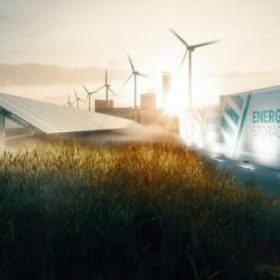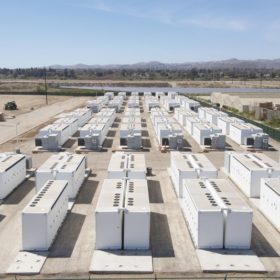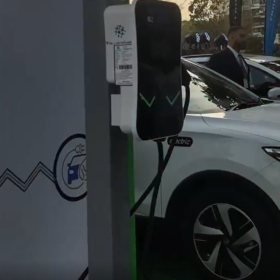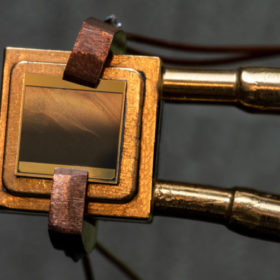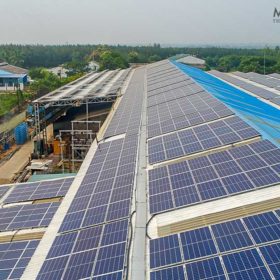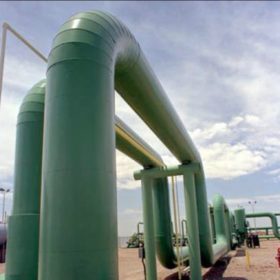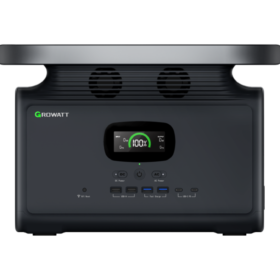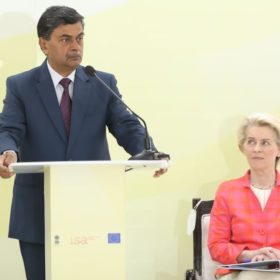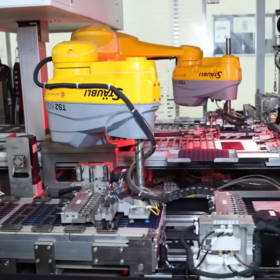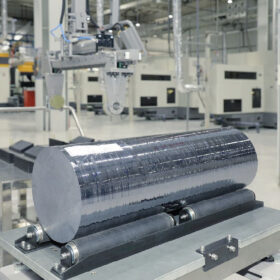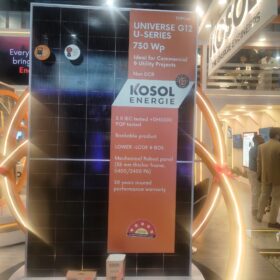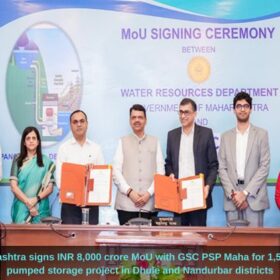Ayana Renewable, Greenstat Hydrogen to launch green hydrogen pilot in Karnataka
Ayana Renewable Power and Greenstat Hydrogen India have signed an agreement to jointly develop green hydrogen projects in India. The first one will be launched in Karnataka.
NTPC tenders 250 MW/500 MWh energy storage project in Rajasthan
A unit of NTPC has opened global bids to develop 250 MW/500 MWh of battery energy storage capacity in Rajasthan. The proposed plants will need to have enough capacity to store two hours of electricity. Bidding closes on June 6.
Tata Power, NAREDCO sign 5,000 EV charging point deal
Tata Power has signed an agreement to set up 5,000 electric vehicle (EV) charging points across National Real Estate Development Council’s member properties in Maharashtra.
Energy Vault, NTPC sign MoU for gravity-based energy storage
Switzerland’s Energy Vault will support India’s state-run power producer NTPC in energy transition by deploying its gravity-based energy storage technology and software solutions.
MIT, NREL researchers develop 40%-efficient thermophotovoltaic cell for grid-scale thermal batteries
The device is described as a heat engine with no moving parts that is able to produce power from a heat source of between 1,900 to 2,400 C. This concept is known as thermal energy grid storage (TEGS) and consists of a low-cost, grid-scale storage technology that uses thermophotovoltaic cells to convert heat to electricity above 2,000 C.
Transforming the energy storage market
Ensuring pragmatic energy storage transformation is proportional to tweaking the current battery storage chemistry. Zinc battery technology is gaining traction, changing the prevailing energy storage dynamics.
Delhi discom deploys digital data platform for solar energy management
BSES Yamuna Power Limited has deployed a digital solution pilot project that predicts the energy demand at consumption points like electric vehicle charging stations and energy generation capacity at solar rooftops. This will help the utility plan to store excess energy by considering the distribution congestion and commercial aspects.
Norway’s Statkraft, Aker Horizons partner to explore green hydrogen and ammonia production in India
Norwegian renewable energy developer Statkraft has partnered Norway’s green investment company Aker Horizons to explore fully-integrated renewable power generation and green hydrogen production in India, targeting local steel and fertilizer industries.
Growatt unveils solar rechargeable portable power station
Chinese inverter maker Growatt has launched Infinity 1500, a portable power station for off-grid applications.
India calls for credit guarantee fund to drive solar adoption in electricity-deprived regions globally
RK Singh, India’s power minister, and president of the International Solar Alliance (ISA) Assembly, called on nations to support solar investments in developing and under-developed regions, including Africa, through low-cost finance and credit guarantee fund.
